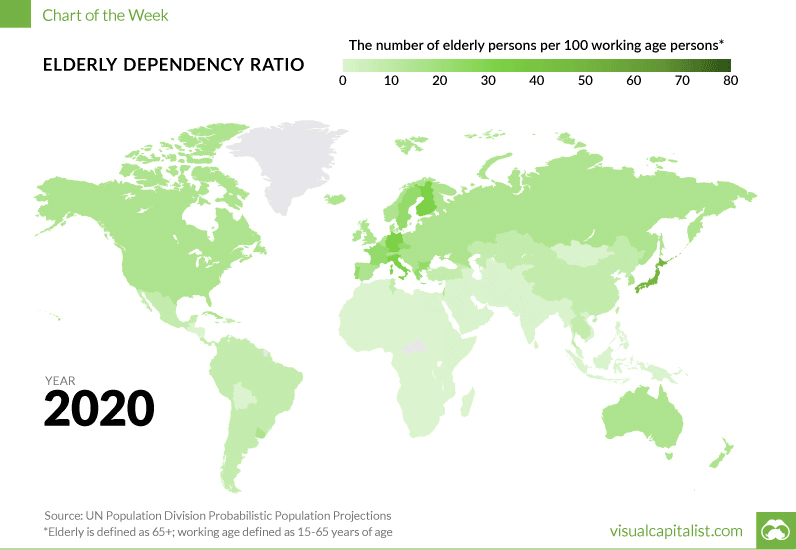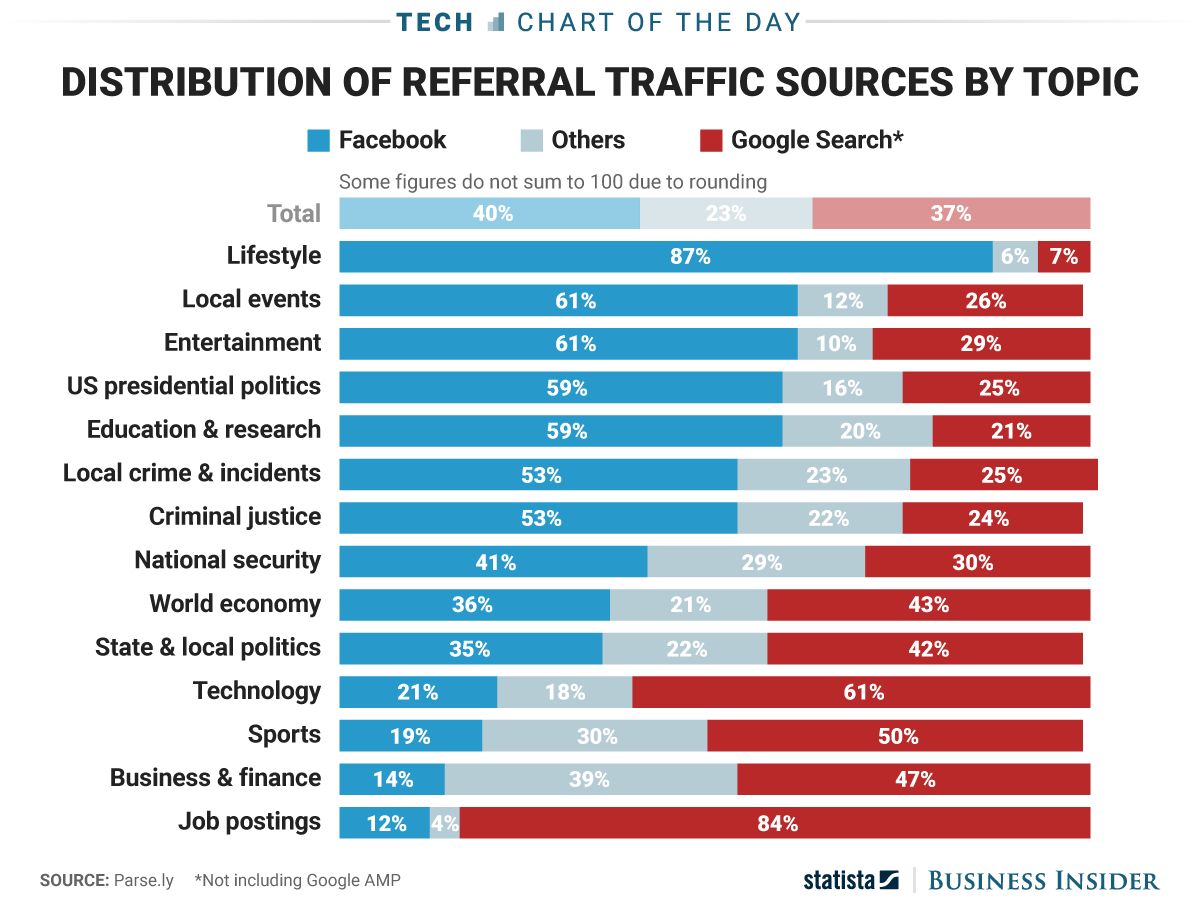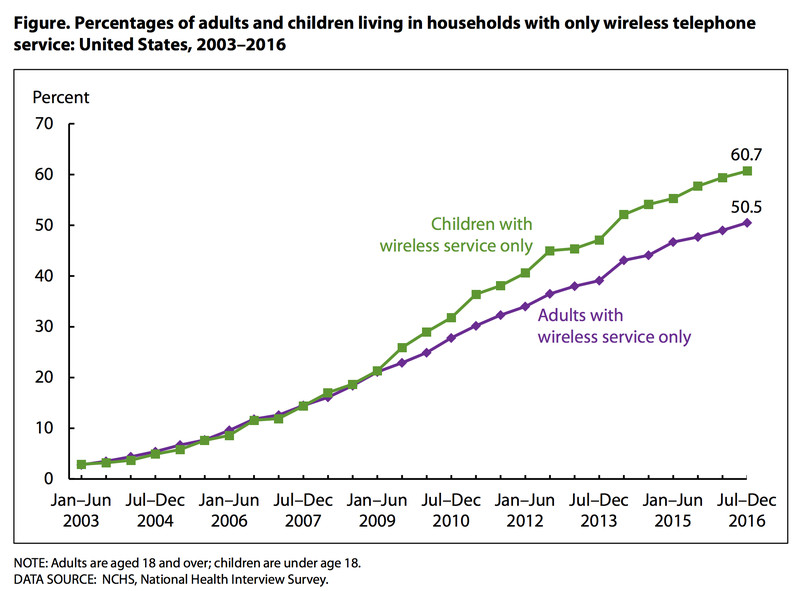CHART OF THE DAY: The Aging Global Population
I am just back from an extended trip that included stops in China for HR Tech China as well as Japan - two places, Japan in particular, who are dealing with the economic and social challenges of an aging population.
Usually the 'aging' statistics of a country's people is represented by two statistics. One, the percentage of the population age 65 or older. And two, the ratio of people aged 18-64, (and expected, mostly, to be in the workforce), to people 65 and up, (who, mostly, are no longer in the workforce). This ratio is called the 'dependency ratio' and reflects about how many workers and contributors to a country's social insurance schemes are there for each possibly retired person, many of who need income support from these social programs.
Said differently, the higher the ratio, the more workers for each older person, the easier it is for a country to keep their social insurance programs funded and solvent.
With all that said, I was thinking about this more lately after spending time in Japan, where this challenge is especially acute. But as the data below shows, this challenge of an aging population is more widespread than you might think - and, in time, will surface here in the US as well.
Take a look at the data below on the dependency ratio worldwide, courtesy of Visual Capitalist, then some FREE comments from me after the chart:

While many countries face obstacles with aging populations, for some the problem is becoming severe.
A dependency ratio below 5.0 is generally considered to be the mark by which a country has an 'aging' challenge. Countries like Japan, Italy, Germany, Canada, France, and the United Kingdom all fall below this level. The United States sits in a slightly better situation with about 27.9% of its population expected to hit 65 or higher by the 2050 – and a dependency ratio of about 9, but in time the US (and the 2nd largest global economy, China), will both face looming demographic issues.
What does this mean or suggest for organizations and for HR pros?
Well, depending on the location, industry, and global nature of your business, chances are pretty good that the average age of the workforce is trending up. And it is also likely that since your competitors will be facing these same kinds of challenges that the competition for newer/younger workers to replace retirees or folks transitioningto fewer working hours will become more intense. Lastly, you may sooner than later be forced into thinking about and implementing changes to work practices, structures, and technologies that can better support an older workforce.
It is an interesting time for sure. I am feeling a little older each day. Good to know it is not just me.
Have a great day!

 Steve
Steve


